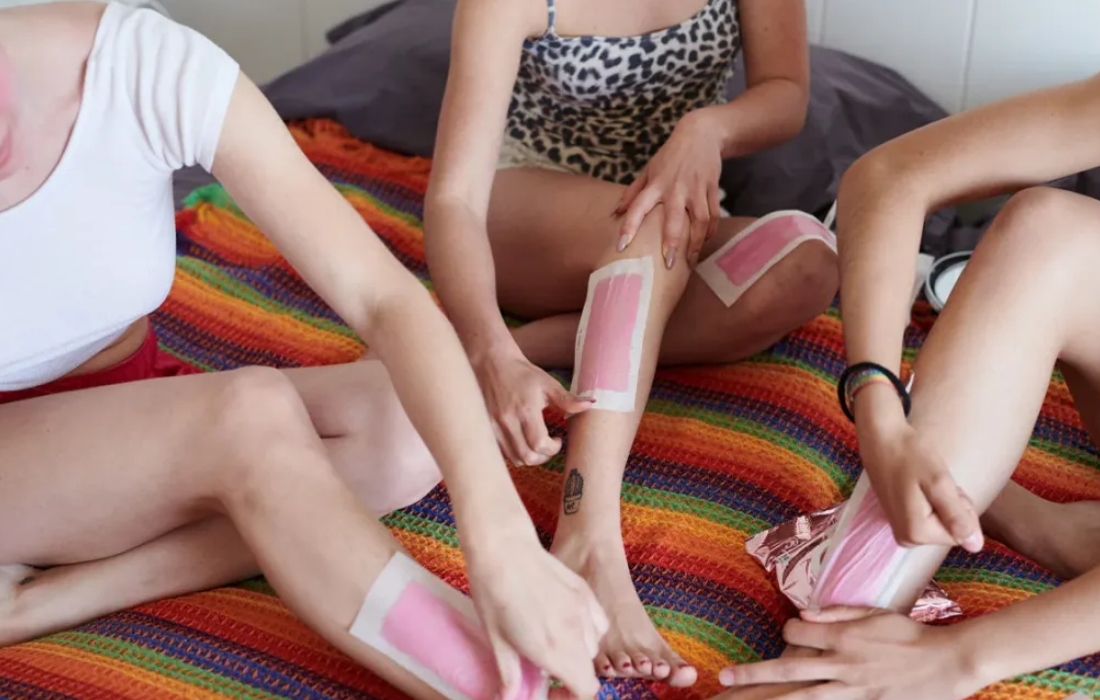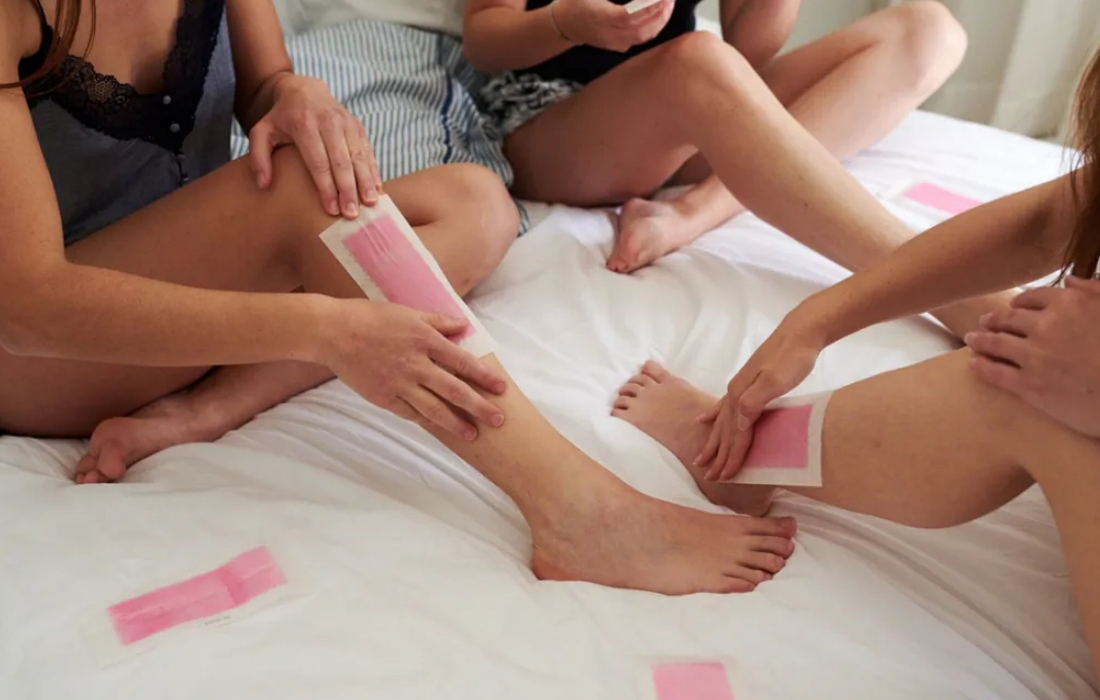1. Use a moisturizing shaving cream or gel: To help reduce irritation while shaving your legs, use a moisturizing cream or gel. This will help make the razor glide more easily and provide a protective barrier between the razor and your skin. Additionally, this will help reduce the risk of nicks and cuts that can occur when using a razor on dry skin.
2. Exfoliate before you shave: Exfoliating your legs prior to shaving helps remove dead skin cells which can clog the blades of your razor and cause irritation when you shave over them. This step also helps prevent ingrown hairs from forming after shaving by ensuring all of the hairs have been cut close to the surface of your skin.
3. Use a sharp blade: Dull blades don’t provide as close of a shave as sharp blades do which can lead to irritations like redness, bumps, or even ingrown hairs if not replaced regularly. Make sure you replace your blade often for maximum effectiveness and minimal discomfort when removing leg hair.
 4 Waxing: Waxing is another great option for removing leg hair due to its long-lasting results usually lasting up to six weeks while also providing less chance of nicks, cuts, redness, or ingrown hairs than other methods such as shaving or depilatory creams lotions offer. However, it is important to note that waxing should only be done by professionals in order to minimize any potential risks associated with waxing at home.
5 Laser Hair Removal: Laser hair removal offers semi-permanent results lasting up to two years, though multiple treatments may be needed depending on how coarse thick each individual’s hair growth is. In addition, laser treatments are much safer than other methods because they target only active follicles without damaging surrounding tissue. However, it is important to note that laser treatments should always be done by qualified professionals so as not to risk any complications due to incorrect usage of lasers during treatment sessions.
Following these tips can ensure the safe removal of leg hair while minimizing any potential risks associated with different methods used in doing so!
4 Waxing: Waxing is another great option for removing leg hair due to its long-lasting results usually lasting up to six weeks while also providing less chance of nicks, cuts, redness, or ingrown hairs than other methods such as shaving or depilatory creams lotions offer. However, it is important to note that waxing should only be done by professionals in order to minimize any potential risks associated with waxing at home.
5 Laser Hair Removal: Laser hair removal offers semi-permanent results lasting up to two years, though multiple treatments may be needed depending on how coarse thick each individual’s hair growth is. In addition, laser treatments are much safer than other methods because they target only active follicles without damaging surrounding tissue. However, it is important to note that laser treatments should always be done by qualified professionals so as not to risk any complications due to incorrect usage of lasers during treatment sessions.
Following these tips can ensure the safe removal of leg hair while minimizing any potential risks associated with different methods used in doing so!

Hi~Living Deals from "Giordana Cycling"

